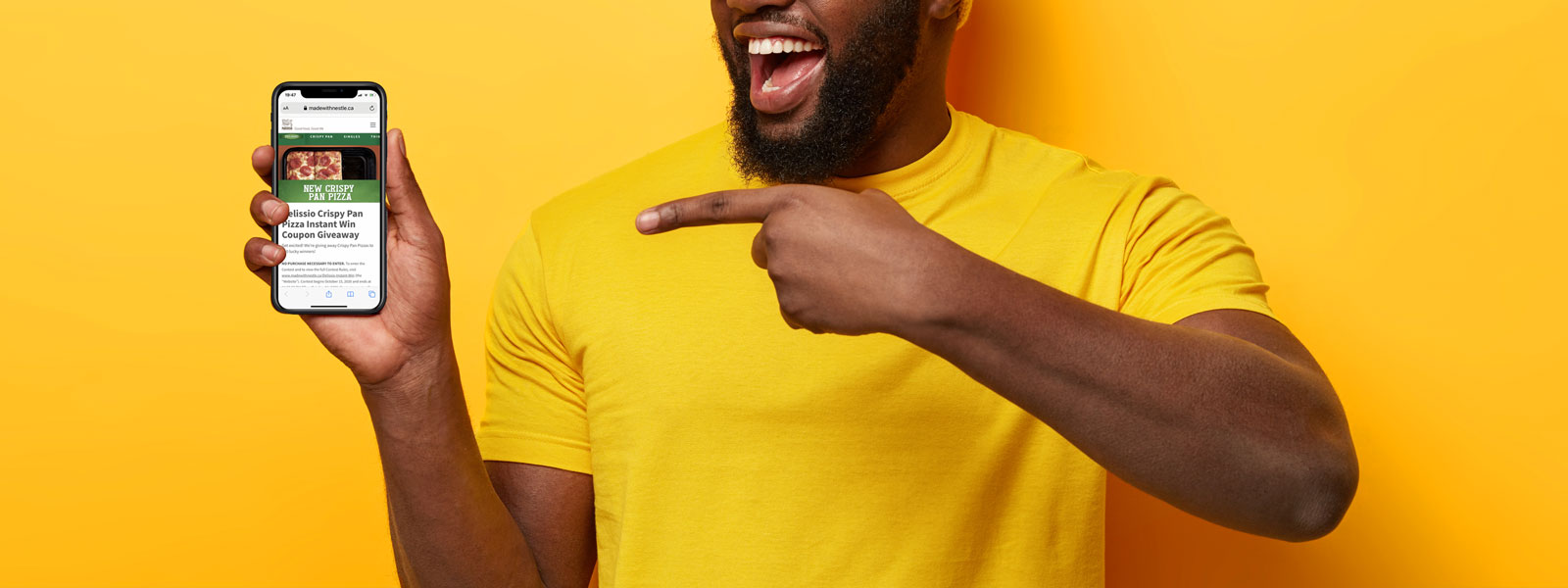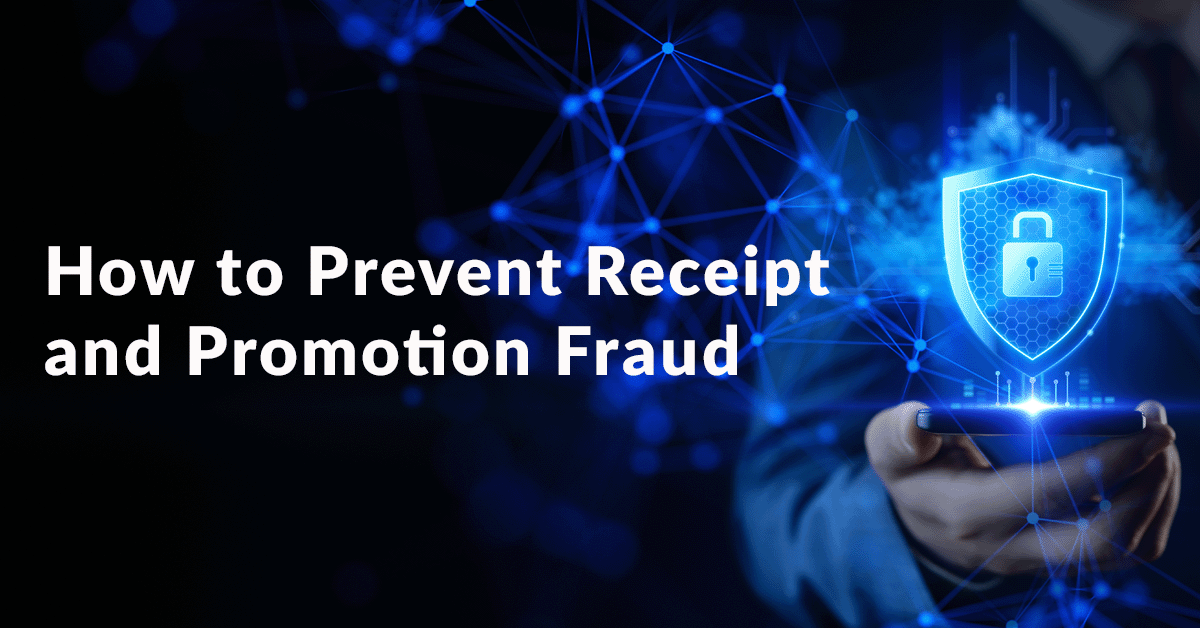Smartphones are fundamentally disrupting traditional loyalty programs in big ways and small – and the impact of mobile on loyalty is nowhere near fully realized yet. Marketers have been slow to embrace the full set of capabilities afforded by mobile; most have simply provided “always on” access and management of customer loyalty points through mobile apps. According to Capgemini, while 79% of loyalty programs make use of mobile, only 24% let customers actually redeem points on their mobile phones, and only 9% offer points redemption across all channels.
Smartphone features create new possibilities for brands designing loyalty programs today: GPS location data can reward browsing and create highly-targeted offers; mobile wallet integrations enable seamless payment and points accumulation; camera integrations allow for coupon scanning and receipt-based purchase validation; gamification and social networks increase the effectiveness and reach of programs while inspiring deeper engagement.
In this article, I will examine some of the key benefits and impacts to be had by tailoring loyalty programs around a “mobile-first” mindset. This is the first of many trends explored in my first column, ‘The Next Generation of Loyalty: Key Technologies and Trends’.
Mobile Loyalty Programs Are More Convenient
Mobile has already become a distinct platform for commerce, so its value as a loyalty platform is a natural adjunct. Not only do mobile loyalty programs eliminate the need to carry plastic loyalty cards for each program, but mobile apps make it easier for members to view their account details and even redeem rewards across multiple channels. A recent study by 451 Research found that 45% of respondents would choose to shop at stores with mobile loyalty programs over stores that didn’t offer them. It’s not just consumers who like mobile loyalty programs; according to Forrester, 64% of retailers found mobile-based loyalty programs to be very effective.
As mobile wallets become mainstream, mobile loyalty programs can easily integrate mobile payments and redemptions, thereby making transactions quick, easy and hassle-free.
Mobile wallets also greatly increase the utility of participation in the program and seamlessly integrate loyalty into the payment process. Shell Oil Company has capitalized on mobile loyalty as a means to continue providing convenience to its customers while expanding its mobile rewards program signups. The company recently adopted the Chase Pay platform, whereby Chase customers pay with their mobile devices at Shell gas pumps (and get points).
Mobile Loyalty Programs Can Capitalize on Immediacy
With a world of information at their fingertips, consumers have heightened expectations for immediacy and relevance: they want what they want, when they want it. One of the most under-appreciated strengths of mobile in loyalty is the immediacy afforded by the device. Mobile-enabled rewards programs can provide consumers with ‘surprise and delight’ features at contextually relevant times, such as a special offer when you’re near a store or a unique, circumstantial reward, like a free ice cream on a particularly hot summer day.
People are increasingly searching for things in their vicinity—be it a gym, a plumber, or a cup of coffee. Moreover, shoppers who conduct a local search on their smartphones are keen to buy, and fast – Google Insights found that 50% of consumers who conduct a local search on their smartphone visit a store within a day, and 18% of those searches lead to a purchase within a day. By integrating loyalty programs with location-based mobile technology, brands can ensure that they are at the top of shopper’s minds during these moments that matter—when shoppers are actively looking to learn, discover, find, or buy.
Mobile Loyalty Programs Incite Engagement
Having an always-on, contextual device in your pocket allows brands to move loyalty beyond simple transactions and spearhead genuine engagement. Social media continues to be the engagement frontier, as it enables shoppers to post genuine reviews and become brand ambassadors – even brand champions. Most social media engagement is done via phones: in the United States, 76% of the total time spent on social media is on smartphones. Therefore, mobile loyalty programs can encourage greater social media engagement by rewarding shoppers who announce their brand affinity and by curating fun and interactive social media content.
As an example, Gap created social media engagement through its ‘Passport to Summer Sweepstakes’, which encouraged people to complete daily selfie challenges in exchange for prizes. This creative summer sweepstake showcased how increased social media engagement can be layered onto mobile loyalty programs and how, by their very nature, mobile loyalty programs in turn can inspire deeper brand engagement in fun, non-commercial ways. Other kinds of consumer engagement with the brand can be effectively rewarded, too. For example, the Walgreens program, Balance Rewards, keeps with the company’s new healthy living focus by integrating digital health trackers to award points when members engage in healthy activities.
Mobile Loyalty Programs Provide Deep Personalization
Mobile loyalty programs allow for greater data collection across a multitude of platforms. Marketers can now understand and link together a consumer’s online shopping habits, in-store purchases and marginal propensity to respond to e-mail or push messages. Keeping track of a consumer’s historical data across interactions facilitates more seamless brand experiences and greater opportunities to cross-sell and upsell relevant products and services.
Targeted and highly personalized special offers can be sent to consumers at specific points in the customer journey through a loyalty program. Starbucks very successfully reduced churn in their customer base by sending very attractive special offers to loyalty members who hadn’t purchased a Starbucks product in a certain period of time. Sephora’s loyalty program, Beauty Insider, has a twofold approach to this idea of personalization: it makes product suggestions based off customers’ prior purchases, and similarly customizes the rewards offer based on the customer’s purchase history.
A recent report by Walker Sands found that 7 in 10 consumers are now willing to opt in for in-store tracking and mobile push notifications. The use of beacons to connect the in-store experience with that of mobile will continue to evolve, creating even more opportunities for personalization.
Mobile Loyalty Programs Open New Paradigms
Mobile is also enabling fundamental new paradigms in loyalty, particularly for CPG brands. Historically, CPG and other industries that sold through indirect channels were limited in their ability to launch programs due to the difficulties in validating purchases, since they didn’t control the point of sale. Today, consumers can take photos of their receipts with their mobile phones and participate in all kinds of different programs that didn’t exist before.
We live in a world where 72% of American adults own smartphones, 87% of millennials report that they always have their smartphone at their side and the average American checks his or her smartphone 150 times a day. With numbers like this, brands must recognize that mobile phones can and should play a central role in any loyalty program.
Ritesh Bhavnani, President & CTO – Snipp Interactive
This article first appeared in Loyalty360. July 07, 2016.





